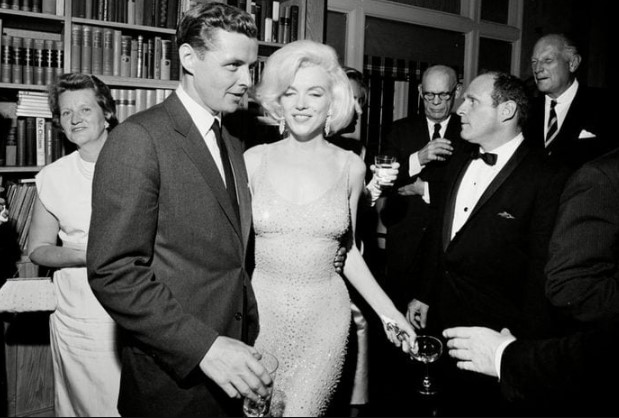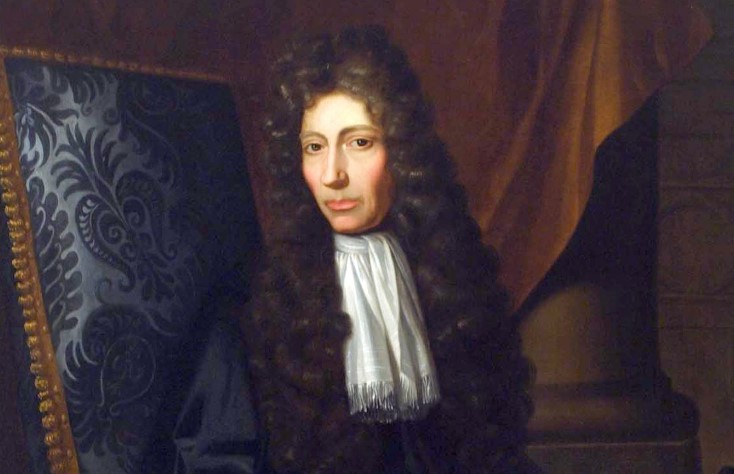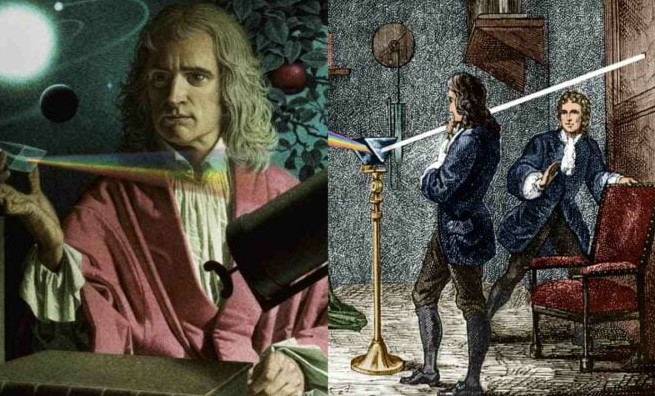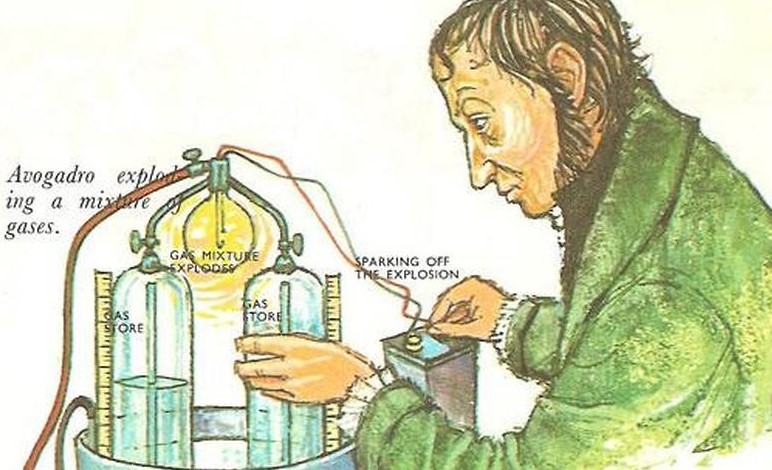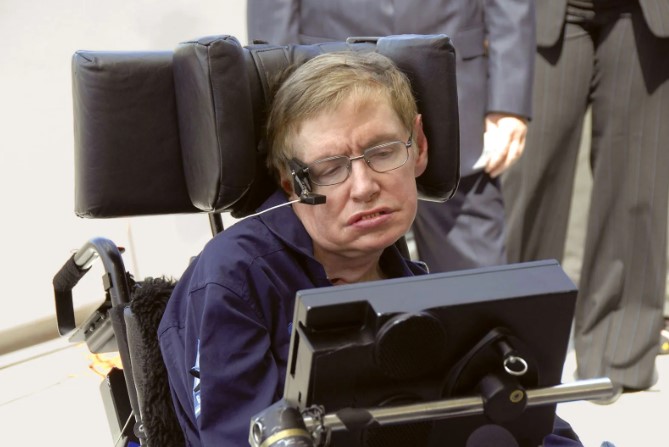
Stephen Hawking: A Legacy of Brilliance
Early Life and Education
Stephen William Hawking was born on January 8, 1942, in Oxford, England, a date that coincidentally marked the 300th anniversary of Galileo Galilei’s death. Born into a family of intellectuals, his father was a respected biologist, while his mother was active in politics. From an early age, Stephen demonstrated a prodigious talent for scientific inquiry, laying the foundation for his future as one of the most renowned physicists in history.
Hawking’s educational journey began at St. Albans School, where he was an average student by conventional standards but excelled in mathematics and science. He later attended University College, Oxford, where he initially pursued physics, demonstrating a remarkable aptitude that set him apart from his peers. Upon completing his undergraduate studies, he moved to Cambridge University to pursue a Ph.D. in cosmology under the supervision of Dennis Sciama.
Battle with ALS
In 1963, at the age of 21, Hawking was diagnosed with amyotrophic lateral sclerosis (ALS), a neurodegenerative disease that typically leads to death within a few years. Despite the grim prognosis, Hawking’s determination and intellectual curiosity remained undeterred. He continued his research, undaunted by the progressive loss of his physical abilities. His perseverance in the face of such adversity became one of his most inspiring legacies, demonstrating the power of the human spirit and mind.
Groundbreaking Work in Cosmology and Theoretical Physics
Hawking Radiation and Black Holes
Stephen Hawking’s contributions to theoretical physics are vast and transformative. One of his most famous theories, developed in the mid-1970s, is known as Hawking radiation. This theory posits that black holes are not entirely black but emit radiation due to quantum effects near the event horizon. This groundbreaking idea challenged the existing notions of black holes and provided a bridge between quantum mechanics and general relativity, two fundamental pillars of modern physics.
The Big Bang and Singularity Theorems
Hawking also made significant strides in understanding the origins of the universe. Alongside Roger Penrose, he developed the singularity theorems, which imply that the universe began as a singularity, a point of infinite density and temperature. This work provided strong theoretical backing for the Big Bang theory, reshaping our understanding of the universe’s birth and evolution.
A Brief History of Time
In 1988, Stephen Hawking published “A Brief History of Time: From the Big Bang to Black Holes,” a book that sought to explain complex cosmological concepts to the general public. The book became an international bestseller, selling over 25 million copies and being translated into multiple languages. Its success not only made Hawking a household name but also sparked widespread public interest in cosmology and theoretical physics.
Technological Aids and Communication
As his disease progressed, Stephen Hawking relied increasingly on technology to communicate and continue his work. By the mid-1980s, he had lost the ability to speak and used a speech-generating device operated by a handheld switch. Later, he transitioned to using a single cheek muscle to control his communication device, allowing him to write and speak with the aid of a computer.
Hawking’s use of technology exemplified how advancements can empower individuals with disabilities, enabling them to contribute to society in profound ways. His resilience and adaptation to his physical limitations were as inspirational as his scientific achievements.
Public Engagement and Legacy
Science Popularization
Beyond his academic contributions, Stephen Hawking played a crucial role in popularizing science. He appeared in numerous documentaries, TV shows, and public lectures, often using his distinctive synthesized voice to engage with a broad audience. His appearances on shows like “Star Trek: The Next Generation” and “The Simpsons” endeared him to the public and showcased his wit and sense of humor.
Awards and Honors
Hawking received numerous awards and honors throughout his life, including the Presidential Medal of Freedom, the Copley Medal, and the Fundamental Physics Prize. Although he never won a Nobel Prize, his work profoundly influenced the field of theoretical physics and earned him a place among the greatest scientists in history.
Influence on Future Generations
Stephen Hawking’s life and work have inspired countless students, scientists, and enthusiasts around the world. His ability to overcome immense physical challenges and contribute groundbreaking ideas to science serves as a testament to human perseverance and intellect. Many institutions, scholarships, and research initiatives continue to honor his legacy, ensuring that his contributions will be remembered and built upon for generations to come.
Personal Life and Interests
Despite his profound physical limitations, Stephen Hawking led a rich personal life. He married Jane Wilde in 1965, and the couple had three children: Robert, Lucy, and Timothy. Although their marriage ended in 1995, they remained close. Hawking later married his nurse, Elaine Mason, though this marriage also ended in divorce.
Hawking had a wide array of interests beyond his scientific pursuits. He enjoyed music, often listening to classical compositions by Wagner and Mozart. He was also an avid fan of science fiction, appreciating its imaginative exploration of ideas that often intersected with his own work.
Conclusion
Stephen Hawking’s life is a testament to the extraordinary potential of the human mind and spirit. His groundbreaking contributions to cosmology and theoretical physics have fundamentally altered our understanding of the universe. Despite the severe limitations imposed by ALS, he continued to explore, inspire, and educate, leaving a legacy that transcends science. Hawking’s story is not just one of scientific achievement but of remarkable perseverance and resilience, illustrating the indomitable power of the human will.
